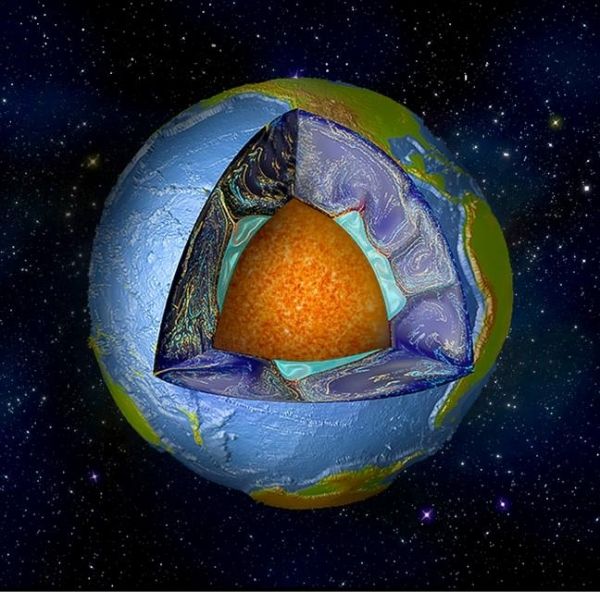Deep below the Earth’s surface lies a thick rocky layer called the mantle, which makes up the majority of our planet’s volume. While Earth’s mantle is too deep for humans to observe directly, certain meteorites can provide clues to this unreachable layer.
In a study recently published in Science Advances, an international team of scientists — including Sang-Heon Dan Shim and Thomas Sharp of Arizona State University — has completed a complex analysis of a “shocked meteorite” (one that has experienced high-pressure and high-temperature conditions through impact events) and gained new insight into Earth’s lower mantle.
Suizhou: a shocked meteorite
Shocked meteorites have provided many examples of deep mantle minerals since 1969 when high-pressure mineral Ringwoodite was discovered.
For this study, lead author Luca Bindi of the University of Florence (Italy), Shim and Sharp of ASU’s School of Earth and Space Exploration and Xiande Xie of the Guangzhou Institute of Geochemistry (China), focused their efforts on a sample of a shocked meteorite called Suizhou.
Read more at Arizona State University
Image: Artist's rendition of Earth, cut away to reveal individual layers, including the deep mantle. (Credit: Mingming Li/ASU)


